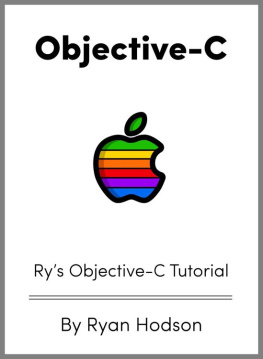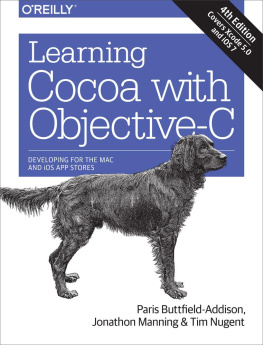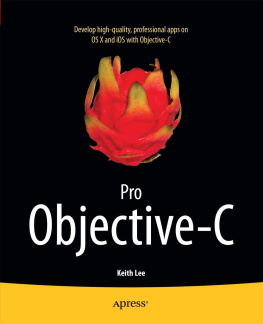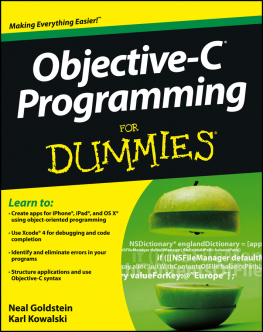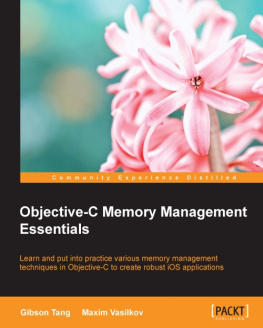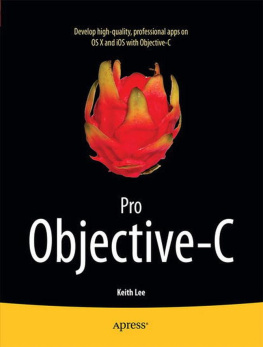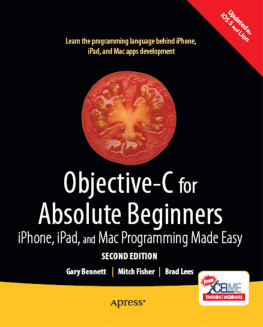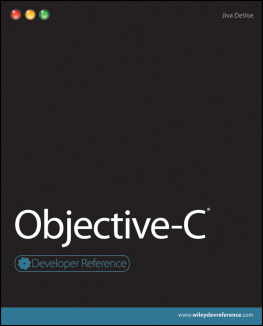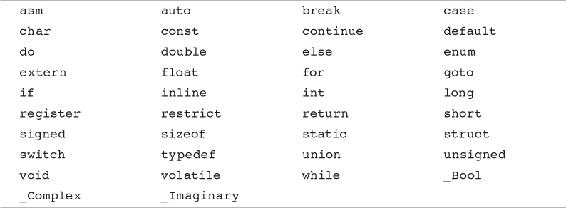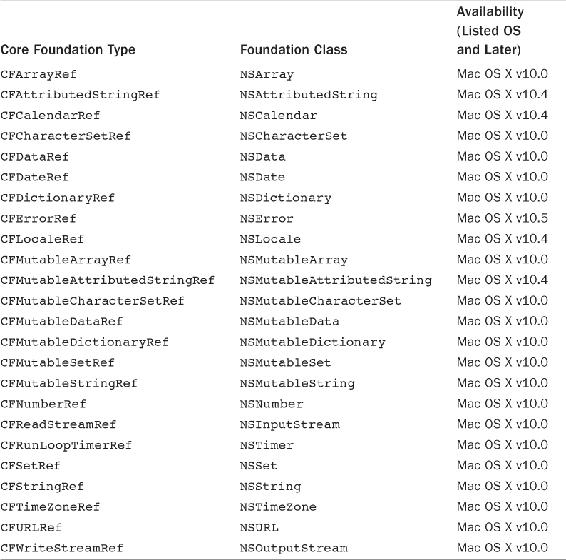Robert Clair [Robert Clair] - Learning Objective-C 2.0: A Hands-on Guide to Objective-C for Mac and iOS Developers, Second Edition
Here you can read online Robert Clair [Robert Clair] - Learning Objective-C 2.0: A Hands-on Guide to Objective-C for Mac and iOS Developers, Second Edition full text of the book (entire story) in english for free. Download pdf and epub, get meaning, cover and reviews about this ebook. year: 2012, publisher: Addison-Wesley Professional, genre: Computer. Description of the work, (preface) as well as reviews are available. Best literature library LitArk.com created for fans of good reading and offers a wide selection of genres:
Romance novel
Science fiction
Adventure
Detective
Science
History
Home and family
Prose
Art
Politics
Computer
Non-fiction
Religion
Business
Children
Humor
Choose a favorite category and find really read worthwhile books. Enjoy immersion in the world of imagination, feel the emotions of the characters or learn something new for yourself, make an fascinating discovery.
- Book:Learning Objective-C 2.0: A Hands-on Guide to Objective-C for Mac and iOS Developers, Second Edition
- Author:
- Publisher:Addison-Wesley Professional
- Genre:
- Year:2012
- Rating:3 / 5
- Favourites:Add to favourites
- Your mark:
Learning Objective-C 2.0: A Hands-on Guide to Objective-C for Mac and iOS Developers, Second Edition: summary, description and annotation
We offer to read an annotation, description, summary or preface (depends on what the author of the book "Learning Objective-C 2.0: A Hands-on Guide to Objective-C for Mac and iOS Developers, Second Edition" wrote himself). If you haven't found the necessary information about the book — write in the comments, we will try to find it.
Get Started Fast with Objective-C 2.0Programming for OS X Mountain Lion, iOS 5.1, and Beyond
Fully updated for Xcode 4.4, LearningObjective-C 2.0, Second Edition, is todays mostuseful beginners guide to Objective-C 2.0. One step at atime, it will help you master the newest version of Objective-C 2.0and start writing high-quality programs for OS X 10.8 MountainLion, iOS 5.1, and all of Apples newest computers anddevices.
Top OS X and iOS developer Robert Clairfirst reviews the essential object and C concepts that everyObjective-C 2.0 developer needs to know. Next, he introduces thebasics of the Objective-C 2.0 language itself, walking through codeexamples one line at a time and explaining whats happeningbehind the scenes.
This revised edition thoroughly introducesApples new Automated Reference Counting (ARC), while alsoteaching conventional memory-management techniques that remainindispensable. Carefully building on what youve alreadylearned, Clair progresses to increasingly sophisticated techniquesin areas ranging from frameworks to security. Every topic has beencarefully chosen for its value in real-world, day-to-dayprogramming, and many topics are supported by hands-on practiceexercises.
Coverage includes
Reviewing key C techniques and concepts, from program structure andformats to variables and scope
Understanding how objects and classes are applied in Objective-C2.0
Writingyour first Objective-C program with Xcode 4.4
Usingmessaging to efficiently perform tasks with objects
Gettingstarted with Apples powerful frameworks and foundationclasses
UsingObjective-C control structures, including Fast Enumeration andexception handling
Addingmethods to classes without subclassing
Usingdeclared properties to save time and simplify your code
Mastering ARC and conventional memory management, and knowing whento use each
UsingBlocks to prepare for concurrency with Apples Grand CentralDispatch
Leveraging Xcode 4.4 improvements to enums and @implementation
Robert Clair [Robert Clair]: author's other books
Who wrote Learning Objective-C 2.0: A Hands-on Guide to Objective-C for Mac and iOS Developers, Second Edition? Find out the surname, the name of the author of the book and a list of all author's works by series.

![Robert Clair [Robert Clair] Learning Objective-C 2.0: A Hands-on Guide to Objective-C for Mac and iOS Developers, Second Edition](/uploads/posts/book/124067/thumbs/robert-clair-robert-clair-learning-objective-c.jpg)
